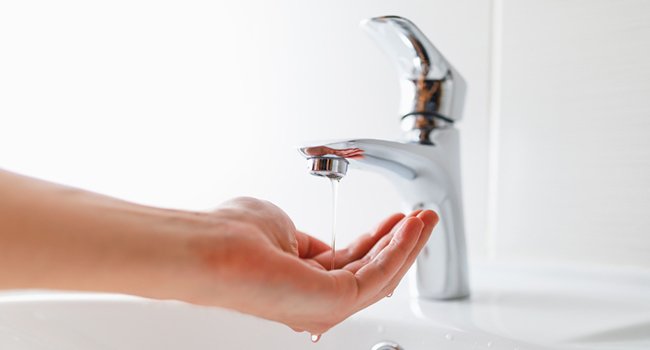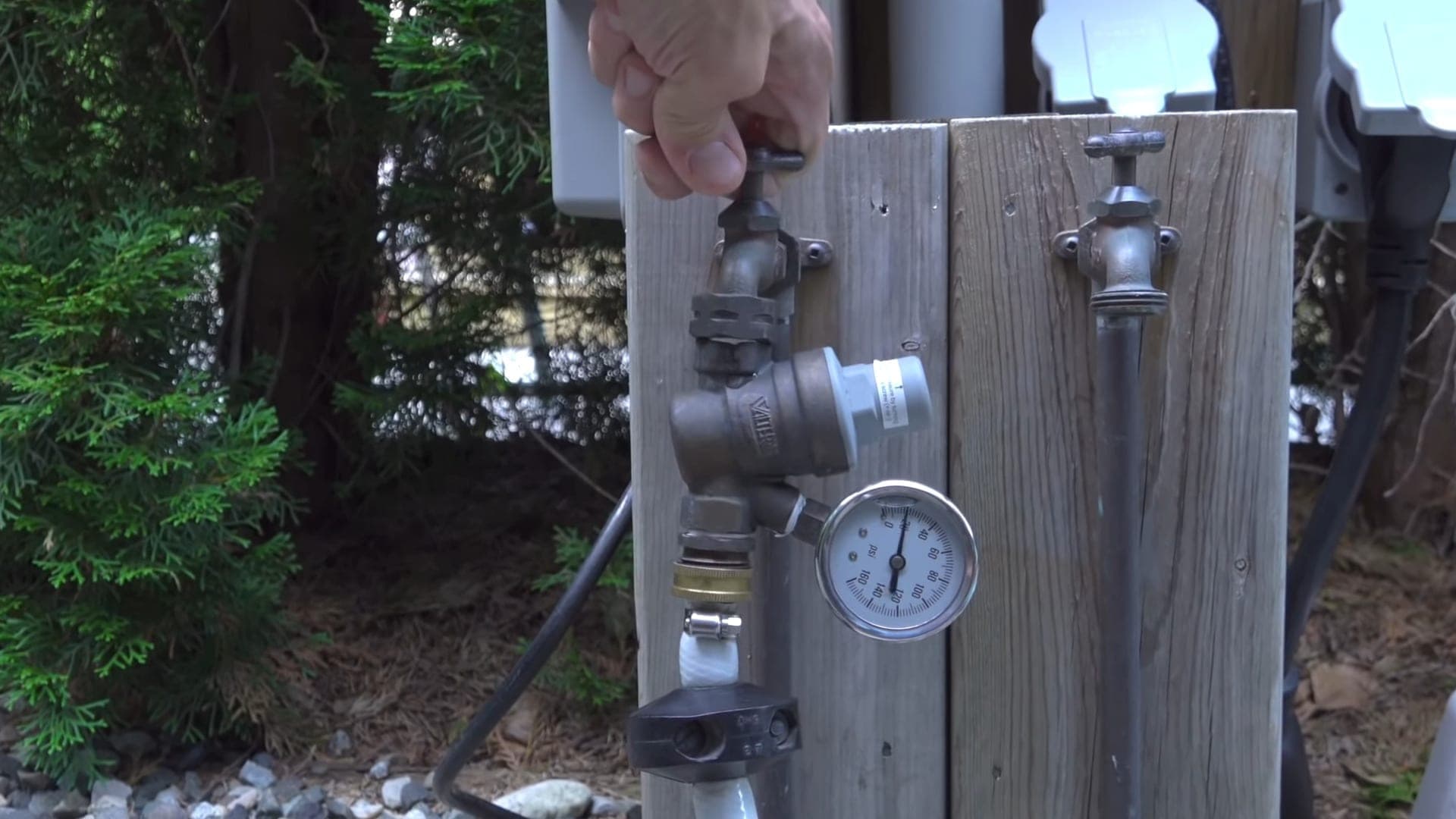What're your ideas concerning 10 Reasons for Low Water Pressure in Your House?

Low tide stress in your house can be a discouraging issue, impacting every little thing from showering to washing recipes. If you're experiencing weak water circulation, there are a number of feasible reasons and remedies to discover. In this overview, we'll review common factors for low water pressure and practical steps to deal with the problem successfully.
Introduction to Low Water Pressure
Low tide pressure takes place when the flow of water from your taps, showers, and other components is weak than typical. This can make daily tasks extra difficult and much less efficient. Comprehending the reasons for low tide pressure is crucial to discovering the ideal solution.
Common Sources Of Low Water Pressure
Pipe Obstructions
In time, pipelines can end up being obstructed with natural resource, sediment, or particles, restricting the circulation of water. This is a typical concern in older homes with galvanized steel pipes.
Corrosion
Rust within pipes can cause leaks and reduced water stress. Corrosion build-up can tighten water flow, especially in maturing plumbing systems.
Faulty Pressure Regulatory Authorities
Pressure regulatory authorities are accountable for keeping constant water stress in your house. If they malfunction, it can result in low water stress or uneven flow throughout your house.
Municipal Water System Issues
Sometimes, the issue exists outside your home. Community water system issues, such as main line leakages or upkeep work, can temporarily reduce water stress in your area.
How to Diagnose Low Water Pressure
Inspecting Faucets and Components
Begin by checking the water pressure at various taps and components throughout your home. If the issue is separated to particular locations, it may show localized problems.
Inspecting Pipelines
Examine noticeable pipes for indications of leaks, corrosion, or blockages. Pay attention to any unusual audios, such as knocking or rattling pipes, which could show problems within the plumbing system.
Consulting with a Plumber
If you're not able to pinpoint the source of low water stress, consider working with an expert plumber to carry out a thorough assessment. They can determine underlying issues and suggest proper solutions.
DIY Solutions to Repair Low Tide Stress
Cleansing Aerators and Showerheads
Natural resources can accumulate in aerators and showerheads, decreasing water circulation. Eliminate and clean up these parts consistently to improve water pressure.
Flushing Water Heater
Sediment accumulation in the water heater can restrict flow and reduce efficiency. Flushing the tank regularly assists eliminate sediment and maintain optimal performance.
Checking Stress Regulatory Authority
Make certain that the pressure regulator is operating correctly. Changing or changing the regulatory authority can assist restore proper water pressure throughout your home.
Cleaning Clogs in Piping
For minor clogs, attempt using a plumbing serpent or chemical drain cleaner to clear obstructions in pipelines. Beware when using chemicals and follow safety standards.
When to Call a Professional Plumber
If DIY initiatives fall short to fix the concern or if you suspect significant plumbing issues, it's finest to look for assistance from a qualified plumber. They have the know-how and devices to resolve intricate concerns securely and properly.
Safety Nets to Keep Water Stress
Routine Maintenance
Schedule regular upkeep for your plumbing system to avoid concerns such as deterioration, leaks, and obstructions. Attending to small problems early can aid stay clear of more significant repair work in the future.
Setting Up a Pressure Booster
Take into consideration mounting a pressure booster pump to enhance water stress in areas with consistently reduced flow. This can be especially beneficial for multi-story homes or properties with high-demand fixtures.
Surveillance Water Usage
Bear in mind water use practices and stay clear of overtaxing the plumbing system. Straightforward changes, such as shocking showers and laundry lots, can aid maintain sufficient water stress.
Verdict
Taking care of low water pressure can be irritating, however recognizing the underlying causes and implementing ideal services can recover optimum circulation throughout your home. Whether it's cleansing aerators, evaluating pipelines, or speaking with a plumber, taking proactive steps can make certain a constant supply of water for your everyday needs.
FOUR WAYS TO FIX LOW WATER PRESSURE NOW
Turning on a shower or faucet only to find the water comes out in a sad, slow drizzle is never a good feeling. How exactly are you supposed to wash a pan or take a quick shower when it takes 10 minutes just to rinse off a little soap? The good news is that when your water pressure is bad, there's always a cause: typically one that can be easily fixed. Here are some of the most common causes of low pressure and what you can do to fix the issue:
DEBRIS AND MINERAL DEPOSIT BUILDUPS
If you notice low water pressure from just one or two of the fixtures in your house, the problem likely has to do with debris buildup. Water is full of minerals and other debris, all of which can accumulate in your pipes and on your fixtures. This can cause a blockage that affects how much water flows through. To fix this, try filling a small plastic bag with white vinegar, and use a rubber band to hang it around your showerhead or faucet. Let the head of the fixture soak for a few hours, and the vinegar should loosen the deposits.
WATER LEAKS
Leaks are another common cause of low water pressure. If water is flowing out of your plumbing through a hole or crack before it can reach your fixture, the pressure coming out of the faucet or showerhead will be lower. A plumbing professional is your best bet for finding and repairing a leak in your water supply pipes.
Leaks are another common cause of low water pressure. If water is flowing out of your plumbing through a hole or crack before it can reach your fixture, the pressure coming out of the faucet or showerhead will be lower. A plumbing professional is your best bet for finding and repairing a leak in your water supply pipes.
FOUR WAYS TO FIX LOW WATER PRESSURE NOW
Turning on a shower or faucet only to find the water comes out in a sad, slow drizzle is never a good feeling. How exactly are you supposed to wash a pan or take a quick shower when it takes 10 minutes just to rinse off a little soap? The good news is that when your water pressure is bad, there's always a cause: typically one that can be easily fixed. Here are some of the most common causes of low pressure and what you can do to fix the issue:
DEBRIS AND MINERAL DEPOSIT BUILDUPS
If you notice low water pressure from just one or two of the fixtures in your house, the problem likely has to do with debris buildup. Water is full of minerals and other debris, all of which can accumulate in your pipes and on your fixtures. This can cause a blockage that affects how much water flows through. To fix this, try filling a small plastic bag with white vinegar, and use a rubber band to hang it around your showerhead or faucet. Let the head of the fixture soak for a few hours, and the vinegar should loosen the deposits.
WATER LEAKS
Leaks are another common cause of low water pressure. If water is flowing out of your plumbing through a hole or crack before it can reach your fixture, the pressure coming out of the faucet or showerhead will be lower. A plumbing professional is your best bet for finding and repairing a leak in your water supply pipes.
Leaks are another common cause of low water pressure. If water is flowing out of your plumbing through a hole or crack before it can reach your fixture, the pressure coming out of the faucet or showerhead will be lower. A plumbing professional is your best bet for finding and repairing a leak in your water supply pipes.
A VALVE ISSUE
If you have low water pressure throughout your home, check your main shut-off valve to make sure it's completely open. You may also want to see if there's a pressure-reducing valve installed. If there is, have a plumber help you adjust the settings to get the pressure you're looking for.
OTHERS USING WATER
Believe it or not, your low water pressure could be caused by your neighbors. If you notice low pressure at certain times of day, it may be because you and the people living next to you have similar schedules - when everyone is showering at the same time, the pressure will be lower in every home. Low pressure throughout the neighborhood may also be caused by an issue with your municipal water supply. If that's the case, call the supplier to see if they're working on the issue.
https://www.rotorooter.com/blog/water-leaking/low-water-pressure-fixes/

As a reader on Low Water Pressure in the House?, I figured sharing that piece of content was smart. Do you know about someone else who is fascinated about the niche? Why not promote it. Thank you so much for going through it.
Get Quote Now